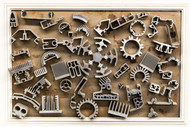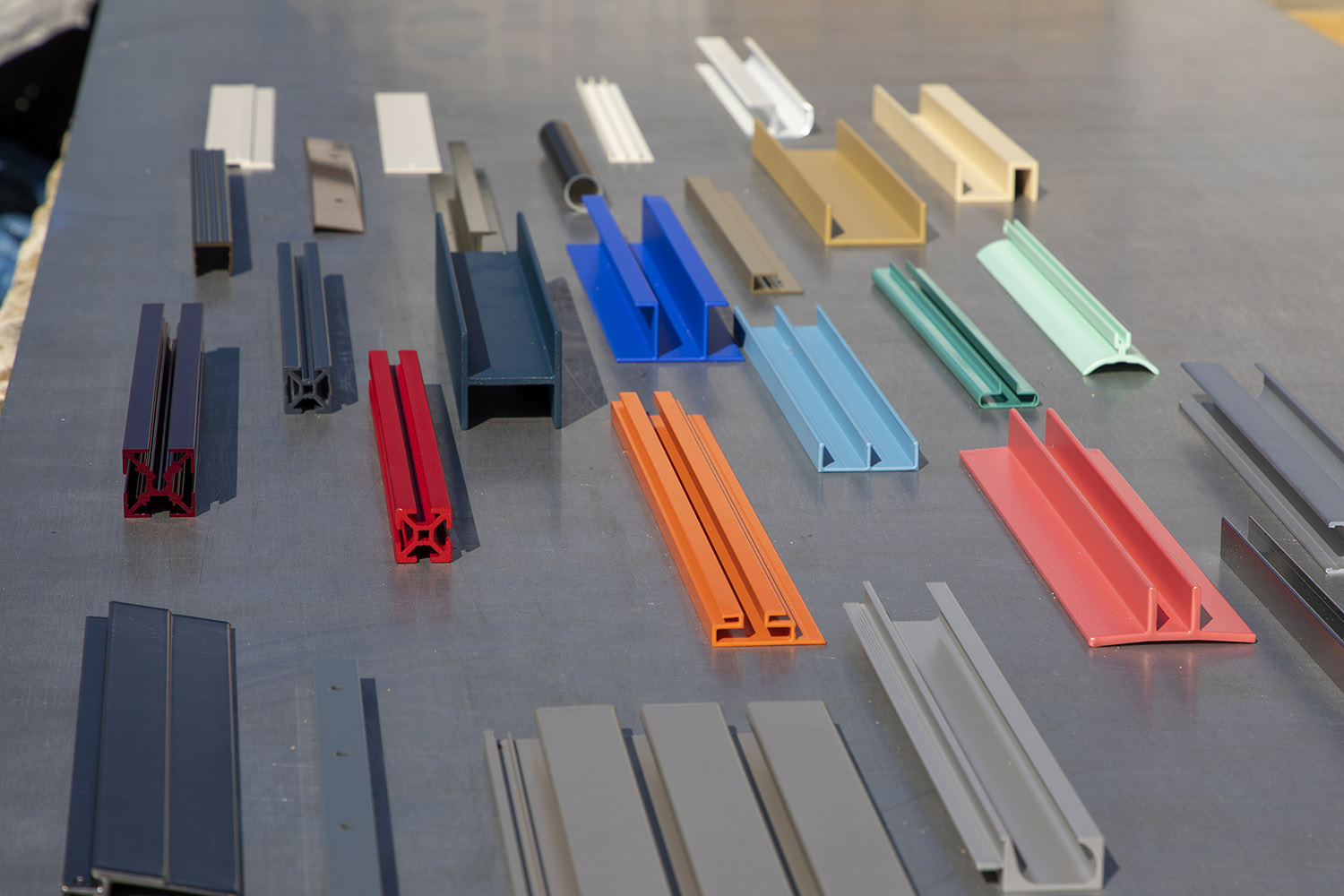Everything You Need to Know About Aluminum and Its Uses

Last Updated: 07/31/2025
Aluminum is one of the most essential materials in modern life. From smartphones to skyscrapers, cars to cookware. Its combination of strength, lightness, and versatility makes it a backbone of modern progress. As industries push for materials that are lighter, stronger, and more sustainable, aluminum continues to lead the way.
This guide is your full breakdown of what aluminum is, what it does, and where it shows up in everyday life and industry.
What Is Aluminum?
Aluminum (also spelled aluminium outside North America) is the 13th element on the periodic table. It's the third most abundant element on Earth and the most common metal found in the Earth's crust.
But you won't find aluminum metal lying around. It's usually locked inside bauxite ore, a red clay material. Through refining and smelting, we extract pure aluminum and turn it into usable forms.
Types of Aluminum and Alloys
Pure aluminum is soft. That’s why it's almost always mixed with other metals to make alloys. These alloys are stronger, more durable, and more suited for real-world use.
Common Allying Elements:
- Magnesium improves strength and corrosion resistance
- Silicon helps with casting
- Copper adds hardness and boosts heat transfer
- Zinc delivers high strength
Common Alloying Series:
- 1xxx pure aluminum, good for conductivity
- 3xxx with manganese, solid corrosion resistance
- 5xxx marine-grade with magnesium
- 6xxx versatile and strong, used everywhere
- 7xxx high-strength aluminum for aerospace
Aluminum Manufacturing Methods
Thanks to its machinability and adaptability, aluminum is one of the most popular materials in metal fabrication shops. It can be shaped through two primary processes: extrusion and drawing.
Drawn Aluminum
In the drawn aluminum tubing process, aluminum is pulled or drawn into a stamping machine’s die cavity. It then undergoes plastic deformation, which stretches aluminum into the shape desired. Drawn aluminum is used to create circular products like tubes, cans and pots.
Extruded Aluminum
In the extruded aluminum process, the metal is heated until soft but not liquid. It is then pushed or extruded through a dye to the desired shape, cut, and then allowed to cool and harden.
Key Properties of Aluminum:
Lightweight: About one-third the weight of steel or copper. Makes it ideal for reducing weight without giving up strength.
Strong: When alloyed, aluminum can handle real load. Great for aerospace, architecture, and heavy-duty applications
Corrosion Resistant: Forms its own protective oxide layer. Helps it last longer without rust or damage.
Conductive: Excellent at conducting electricity and heat. That’s why it’s used in power lines, electronics, and cookware.
Flexible: Can be bent, rolled, or formed without breaking.
Reflective: Reflects light and heat well. Used in lighting, mirrors, insulation.
Safe and Recyclable: Non-toxic and endlessly recyclable. Keeps its quality no matter how many times it's reused.
Where Aluminum Is Used
Construction and Architecture
- Window and door frames
- Exterior siding and paneling
- Trim and handrails
- Custom profiles for building design
Transportation
- Car frames and body panels
- Aerospace parts
- EV battery enclosures
- Marine and rail systems
Electronics and Appliances
- Laptop and phone bodies
- Heat sinks
- Refrigerator and oven housings
- Monitor frames
Retail Fixtures
- Slatwall systems
- Price tag moldings
- Frames for signs and shelves
- Custom displays
Consumer Products
- Beverage cans and food packaging
- Cookware and utensils
- Picture frames and furniture
Sustainability and Recycling
- Recycles infinitely with no loss in quality
- Saves 95% of energy compared to new production
Quick Answers: Aluminum FAQ
Is aluminum stronger than steel?
Not by itself, but it's got a better strength-to-weight ratio when alloyed.
What is aluminum used for?
Aluminum is everywhere. It’s used in transportation, construction, electronics, appliances, packaging, and more. You’ll find it in cars, planes, laptops, window frames, cans, cookware, and power lines. Its light weight, corrosion resistance, and flexibility make it ideal for a wide range of applications
How long does aluminum last?
Decades. Especially with protective finishes like anodizing or powder coating.
Can it be welded?
Yes, but it requires the right tools and technique.
Is aluminum recyclable?
Absolutely. It can be recycled endlessly without losing quality. Recycling also saves 95% of the energy used in making new aluminum.
Work With Orange Aluminum
Need aluminum parts fast? Orange Aluminum has your back. We specialize in:
- In-stock extrusions ready to ship
- Custom die and fabrication support
- Volume discounts, price matching, and nationwide delivery
- Reliable, expert help every step of the way
Want to get started? Contact us for a quote and let’s talk about your next project.
Looking for something custom? Check out our custom aluminum extrusion services.



